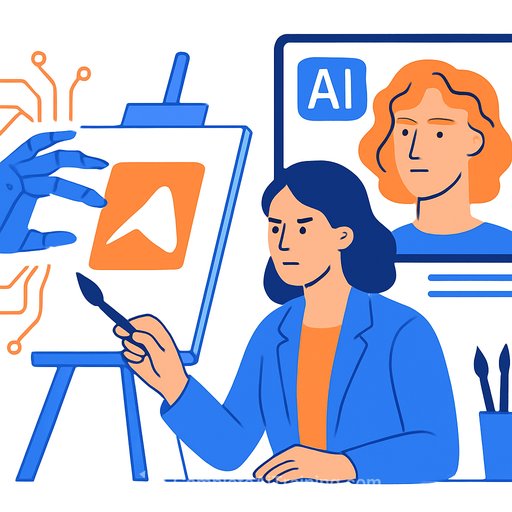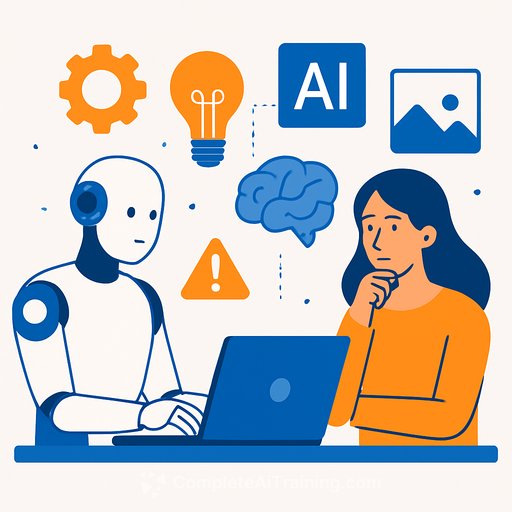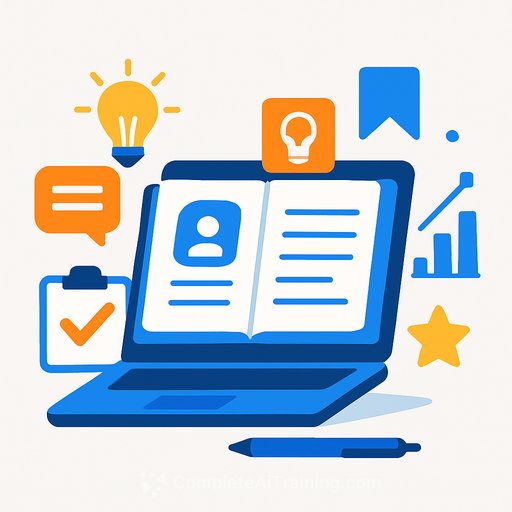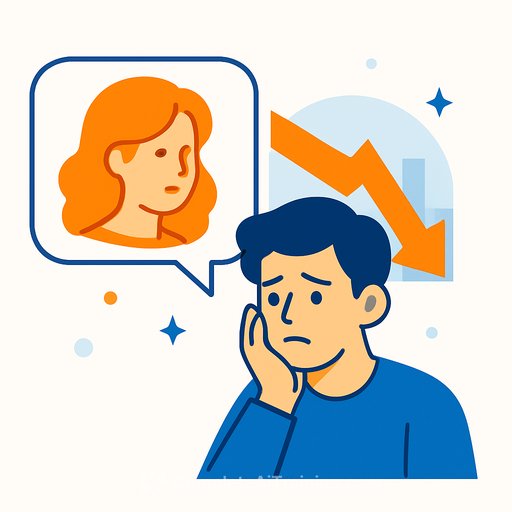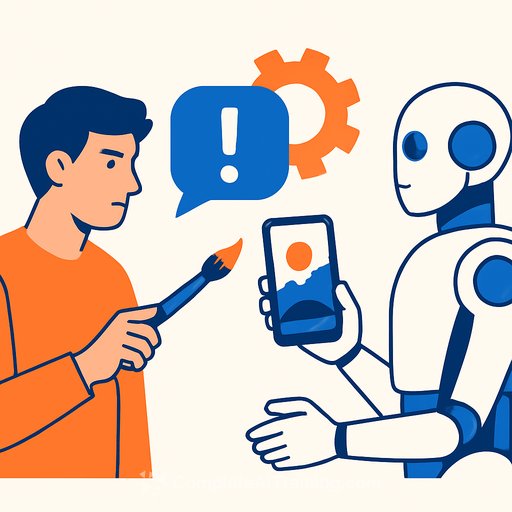Artists are having their work stolen. AI needs regulation.
Artificial intelligence is now part of creative work. It can assist, inspire, and speed things up. It can also strip-mine style, scrape data without consent, and undercut the people who make culture possible.
This is why MEIA President Maria Galea is calling for a national policy that protects the livelihoods, IP, and future of Malta's creative workers. Her stance is clear: use AI as a tool in human hands, not as a replacement for competent professionals.
What's happening right now
Broadcasters and studios are experimenting with AI-generated intros and virtual presenters. Small organisations are choosing AI for cheaper design and content. Meanwhile, models are trained on vast datasets that include artists' work-often without permission, credit, or pay.
Galea's point: the creative sector already lives with instability. Unchecked AI adds a new layer of risk to jobs, income, and authorship-across the full ecosystem: artists, producers, technicians, writers, and crew.
Art vs. output
Art is human expression. The process, context, and intent matter. AI can produce an image from a prompt, but it does not live the experience that makes a body of work meaningful.
There's a productive middle ground. Artists who direct and integrate AI can produce great work. The line is simple: AI as a tool under human direction is creative; AI as a replacement for creatives devalues the product and the industry.
The policy creatives need
- Consent-first training and licensing: No training on datasets that include creative works without explicit permission.
- Fair compensation: Clear mechanisms for payment when an artist's work, style, or data informs a model or output.
- Transparency: Disclose if AI was used, where, and how. Make training sources traceable.
- Credit: Attribute artists when derivative styles or datasets are used.
- Human accountability: Keep human oversight in commissioning, editorial, and creative direction.
- Public sector standards: Set ethical AI rules in public broadcasting and publicly funded projects.
- Skills and support: Fund training so creatives can integrate AI without losing authorship or income.
For context on EU-level moves, see the EU AI Act overview from the European Parliament. It sets obligations around transparency and risk management, and will shape how member states act next. Read more.
What creatives can do now
- Update contracts: Add clauses banning AI training on your work without written consent. Require disclosure of AI use in commissioned projects.
- Protect your files: Use content credentials (C2PA) to record authorship and edits. Learn about C2PA.
- Style cloaking for images: Consider tools that make scraping and style-copying harder (e.g., Glaze/Nightshade).
- Register your work: Where possible, register copyrights and keep dated source files.
- Label your ethics: If you use AI, explain how-what parts are human-made, what's AI-assisted, and why you chose it.
- Negotiate scope properly: Charge for brand strategy, discovery, and iteration-the parts AI can't replicate.
- Collective action: Work through associations and unions to set sector-wide norms with broadcasters and agencies.
- Sharpen your edge: Learn AI tools that amplify your process without replacing your authorship. Curated tools for visual creatives: Generative art tools.
For broadcasters, agencies, and studios
- Audit your pipeline: Identify where AI is used and what datasets inform your outputs.
- Use licensed sources: Commit to consent-based datasets and paid model licenses.
- Set disclosure standards: Label AI-assisted content and document the human roles involved.
- Protect jobs and craft: Keep human-led commissioning, editing, and QA. Budget for professional creatives.
- Agree terms with the sector: Work with associations like MEIA and unions to establish fair-use frameworks.
The bottom line
AI doesn't replace art. People do-when they choose cheap output over human authorship. Galea's call is straightforward: regulate AI to protect IP, pay people fairly, and keep humans in charge of creative intent.
As a creative, your leverage is your taste, process, and judgment. Use AI where it serves that. Guard your work where it threatens it.
Your membership also unlocks:

